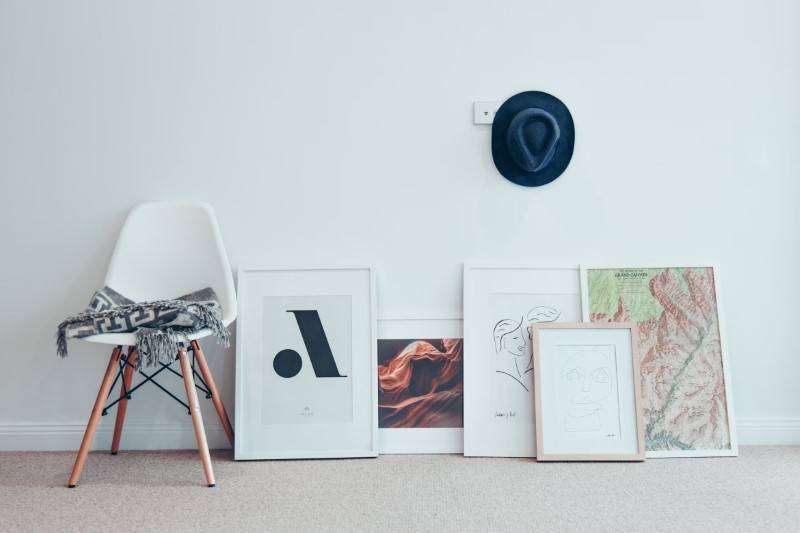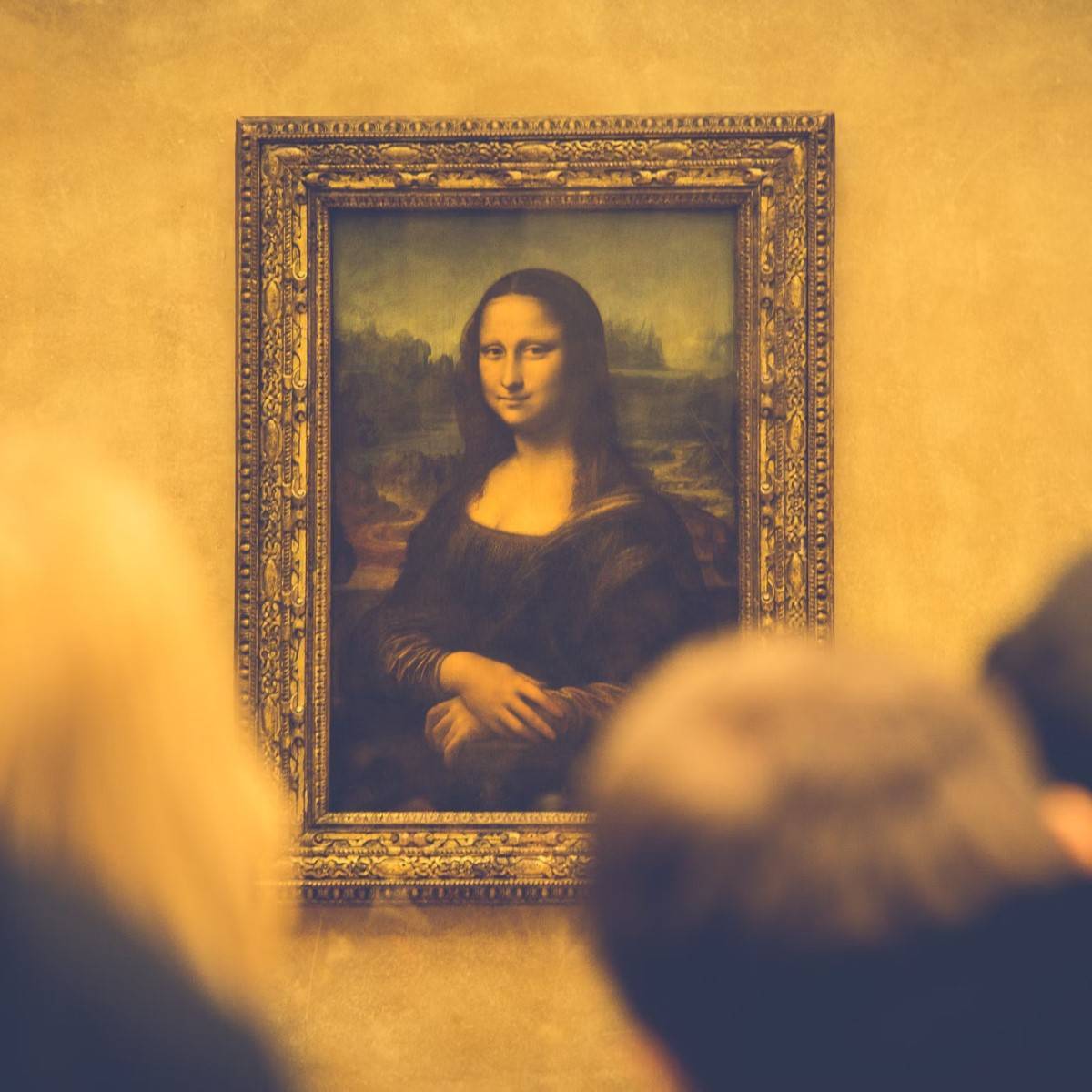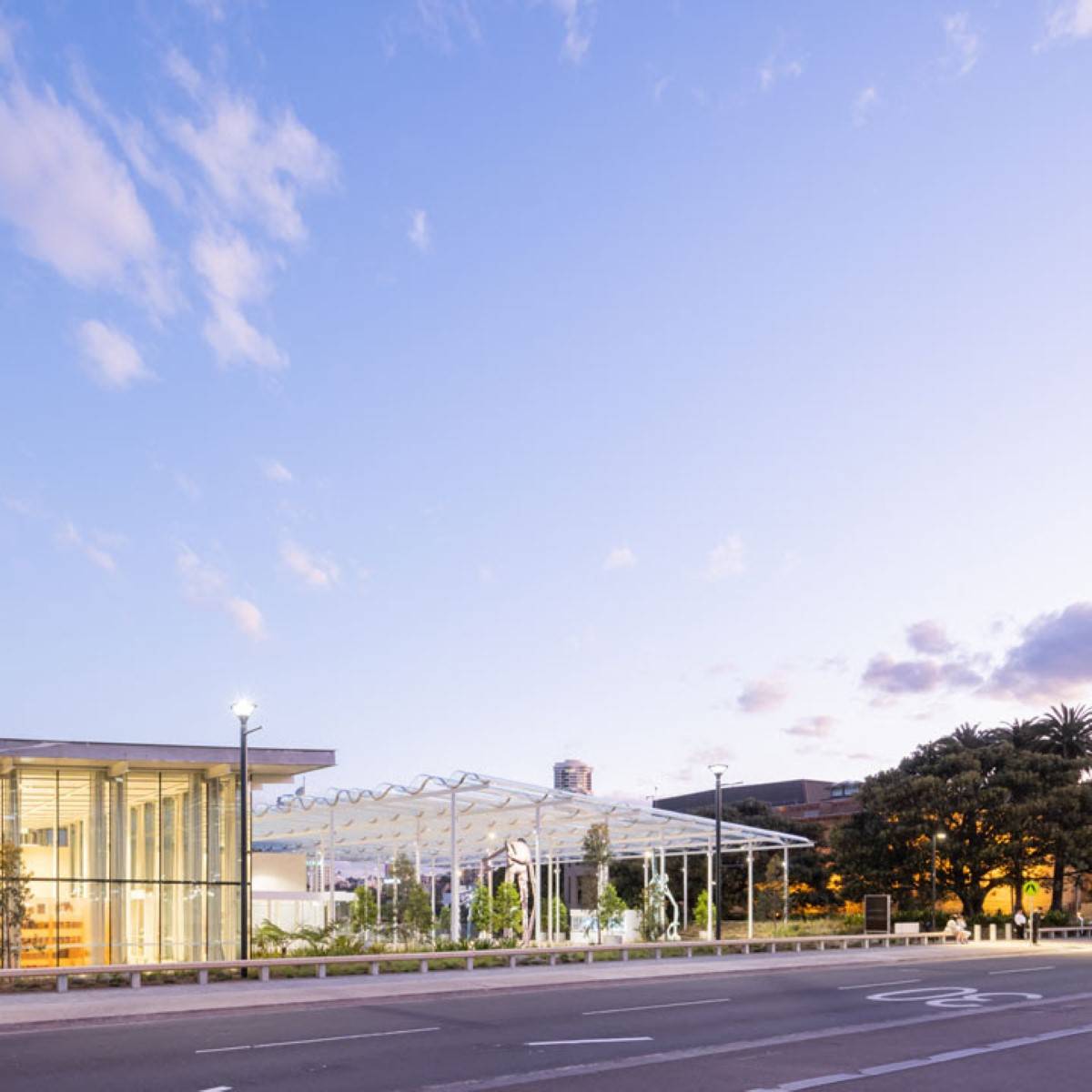Zeitgeist: Art in Odd Places
We’ll show what we like, where we want.
Words: Ingrid Periz
Artists are often the most inventive appropriators of what used to be called alternative exhibition spaces. Two artist-run Melbourne venues, both established as a consequence of what their founders call the lack of a market, exemplify that city’s tradition of small independent spaces operating without funding or institutional support. In Sydney, a small living room space enables an artist/gallerist to engage local and international peers.
Founded in 2019 by curator and art historian David Homewood and artists Alex Vivian and Luke Sands, Melbourne’s Guzzler came to life after the three had spent years mounting shows in venues like carparks and classrooms. Essentially a shed with a bare earth floor just off the founders’ shared house in the Melbourne suburb of Rosanna, Guzzler staged an incredible 125 shows in its three and a half year lifespan. Its programme included Melbourne stalwarts like John Nixon, Stephen Bram, Rose Nolan and Burchill/McCamley, along with younger painters Hana Earles, Grace Anderson and Kate Smith among others, and dissolved all distinctions between high – a show of conceptual artist/theorist Ian Burn’s juvenilia – and low – an installation of used toilet brushes from KFC shops.
The Melbourne backyard art scene helped establish a model for Asbestos, a viewing space birthed in artists Josh Krum, Aden Miller, and Britt d’Argaville’s lean-to laundry at their shared house in North Carlton. Now operating out of their Brunswick share house and with a similar, minimally rehabbed aesthetic, the gallery was founded, in Krum’s words, “to show our own art and the art that we liked. And to do this independently.”
Make a Wish!, an Asbestos show of oversized fake leaves by Lewis Fidock and Joshua Petherick, in April this year drew the attention of the National Gallery of Victoria, Melbourne, which purchased some of the works, now included in the Melbourne Triennial. Collectors too have found their way to the gallery where a big part of the gallery’s success is social. Many of its artists are under 35 and the gallery’s slightly later openings means it becomes the final stop for visitors on a Melbourne northside gallery crawl as well as a prelude to other Saturday night activities. Krum explains part of the appeal, “Our project wouldn’t be viable with a shop front. The hills hoist in the big backyard and the hackneyed residence typify the spirit of what we do.”
In Sydney’s Potts Point, artist and gallerist Conor Stein O’Shea has adopted a similar “show what I like” credo using the elegant surrounds of Aaron M. Bolot’s 1951 Wylde Street apartments. In this highly regarded example of post-war modernist architecture, O’Shea’s 35 square metre living room serves as the viewing space for his gallery SydneySydney, which was founded in early 2016. German-born, O’Shea tells me that many galleries in Germany operate from apartments. New York gallerist David Nolan, with whom he’s collaborated, uses his living space to show art and even mega-gallery Hauser & Wirth operates out of what is essentially a domestic environment in its 69th street townhouse location in Manhattan.
He explains, “I am using this space because I believe the architecture of a domestic space relates more closely with the work I am showing, particularly the era of this building which provides a contrasting setting. It shapes my program by influencing the artists who will pick up on a detail from the space and use it as influence for the work.” Examples of artists working in this way include Sydney-based sculptor Hilarie Mais, Chicago-based painter Julia Fish, and Los Angeles-based sculptor Fiona Connor.
SydneySydney’s reach is not defined by its Potts Point location. O’Shea has mounted shows of gallery-affiliated artists in Munich, Auckland and New York. In Sydney, he’s shown work by Lawrence Weiner and Louise Lawler in addition to exhibitions by senior Australian artists Susan Norrie, Godfrey Miller, Rose Nolan and Norma Redpath, along with a changing roster of younger local and international artists. Collaborating with Tokyo-based gallery Misako & Rosen, O’Shea showed work by Mais and Fidock & Petherick at the June Fair at Art Basel in 2022. Like Guzzler and Asbestos, SydneySydney refuses to see size as a limitation to possibilities for artists and their work.
Photo courtesy: Christopher Burns, Unsplash.
This article was originally published in Art Collector issue 107, January to March 2024.







